The majesty of the Nepal Himalayas has captivated mountaineers and adventurers for centuries. Among the world’s highest peaks, these towering giants have long been celebrated for their challenging climbs and breathtaking beauty. However, in recent years, a debate has emerged that challenges the traditional notion of how many 8,000-meter peaks exist in this awe-inspiring region.
The Traditional Count: Eight 8,000-Meter Peaks
For decades, the international mountaineering community has recognized a total of 14 peaks worldwide that reach heights exceeding 8,000 meters above sea level. Among these 14, eight are situated in Nepal, including the legendary Mount Everest, which stands as the tallest at 8,848.86 meters. These eight peaks have attracted climbers and explorers from across the globe, making Nepal a premier destination for high-altitude mountaineering.
The Nepali Perspective: More Than Eight 8,000-Meter Peaks
However, a group of Nepali mountaineers and geographers has a different perspective. They assert that the Nepal Himalayas are home to not just eight but a total of 14 eight-thousanders. These additional six giants are hidden in plain sight, according to these experts, and they have been lobbying for their recognition.
Here’s a list of the eight globally recognized 8,000-meter peaks in Nepal:
Mount Everest (8,848.86m)
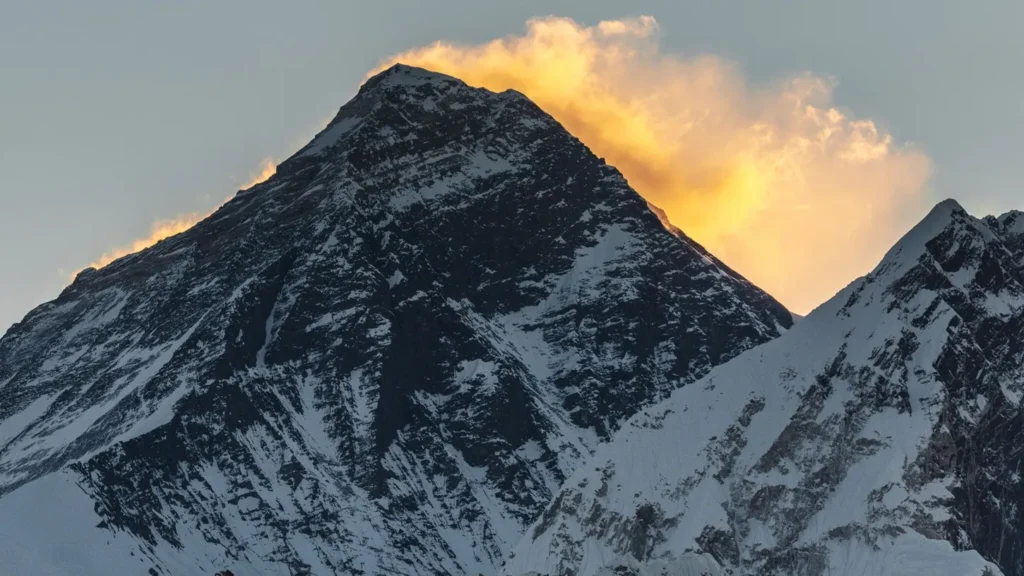
Kanchenjunga (8,586m)
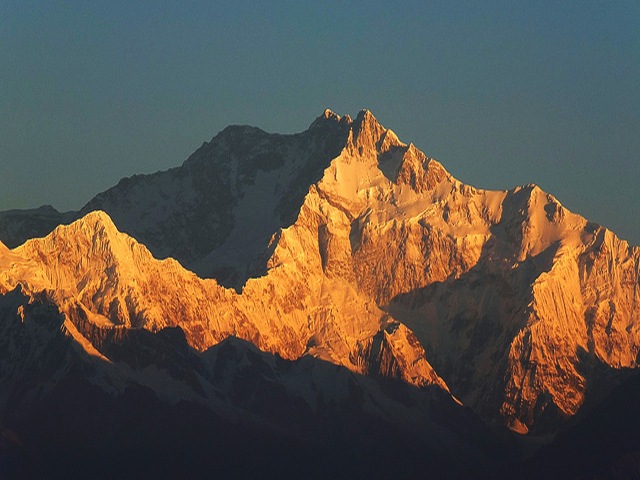
Lhotse (8,516m)

Makalu (8,463m)
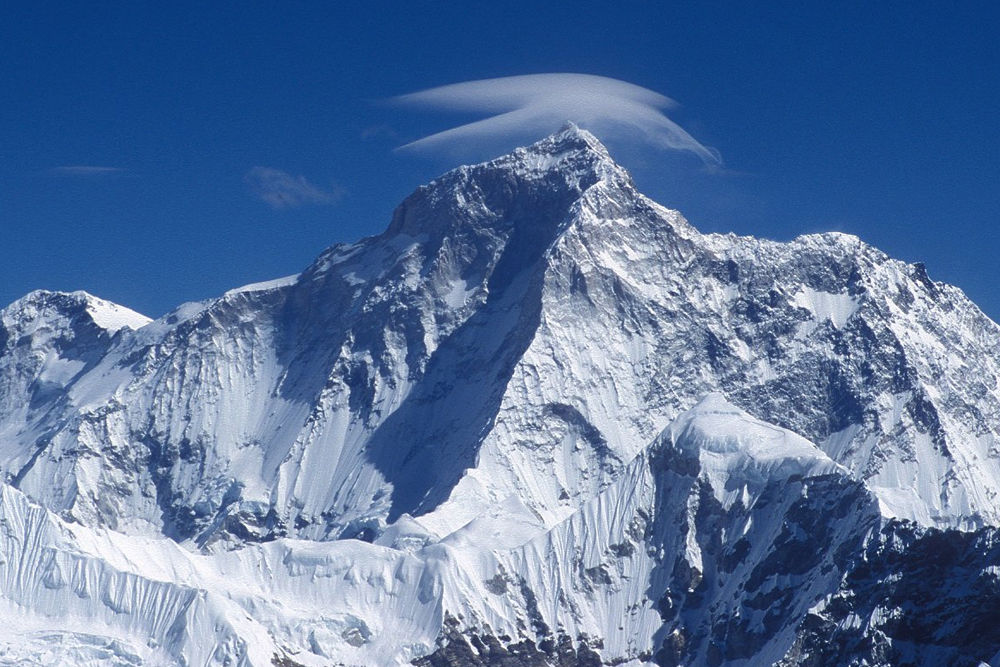
Cho Oyu (8,201m)
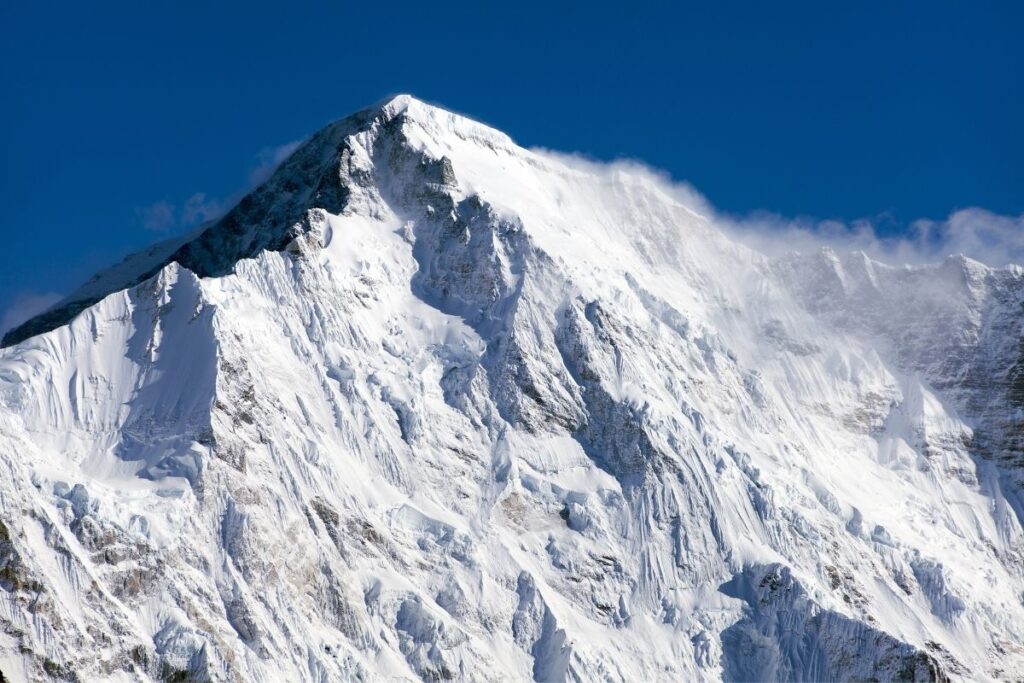
Dhaulagiri (8,167m)
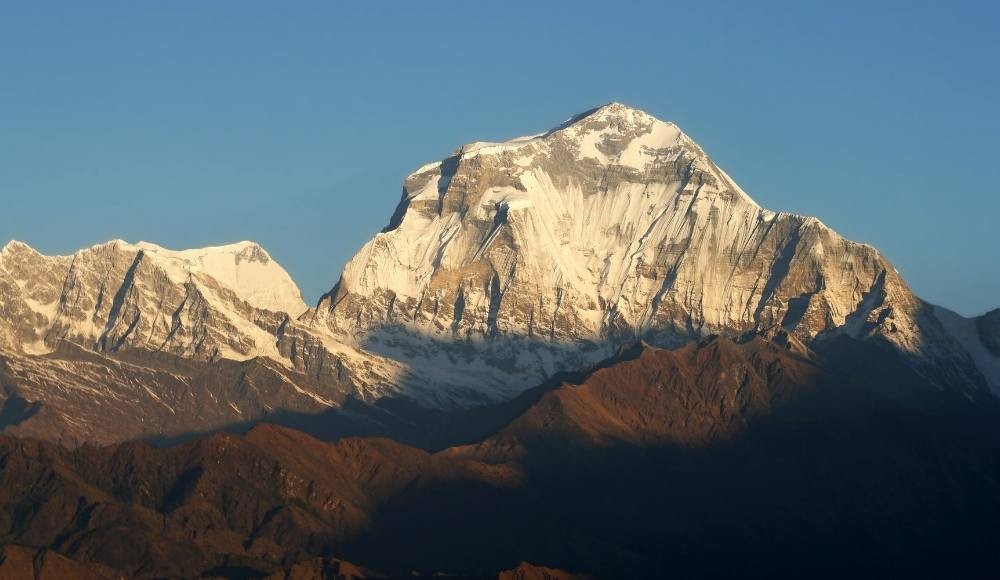
Manaslu (8,163m)
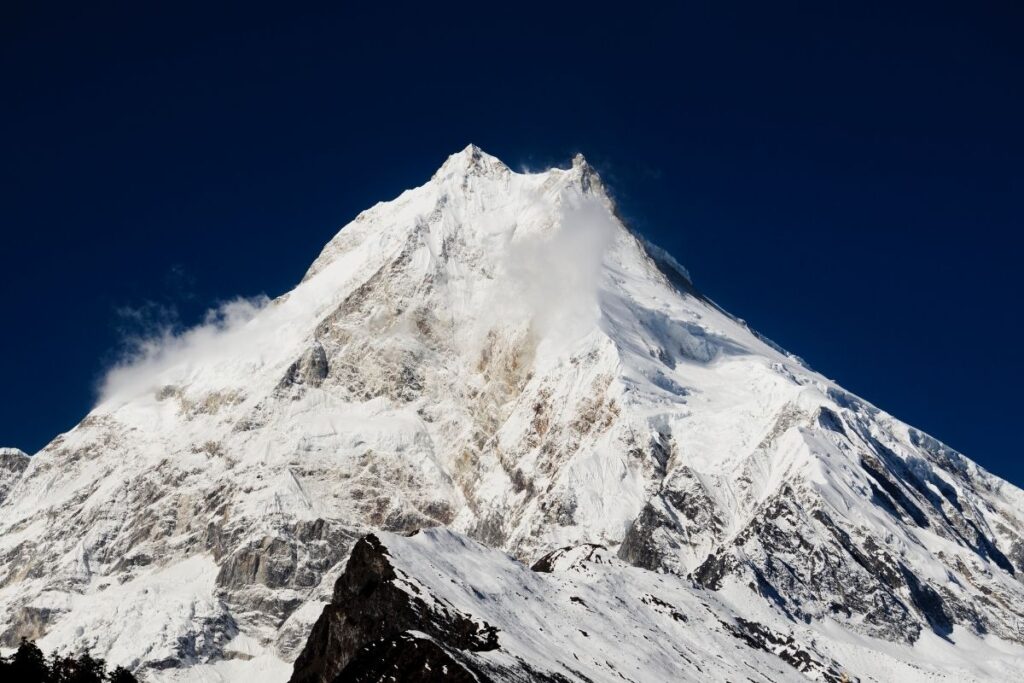
Annapurna I (8,091m)
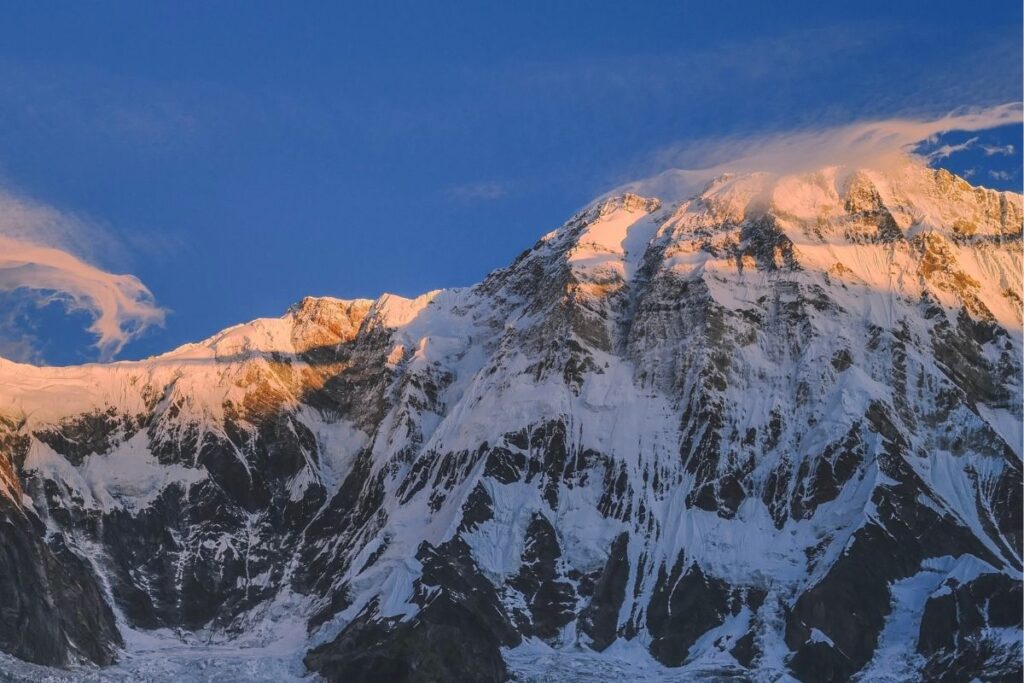
In addition to these well-known summits, the Nepali experts claim the existence of six others within Nepal’s borders:
- Yalung Khang (8,505m)
- Kanchenjunga South (8,476m)
- Kanchenjunga Central (8,473m)
- Lhotse Middle (8,413m)
- Lhotse Shar (8,400m)
- Kanchanjunga West (8,077m)
The debate centers around the criteria used to classify these peaks, with prominence (the difference in height between the peak and the saddle connecting it to a higher neighboring peak) and separation from neighboring peaks being key factors.
Recognition and Economic Implications
While the Nepali government has officially recognized some of these additional peaks, international recognition has been more cautious. The recognition of these peaks could have economic implications for Nepal’s tourism industry. Revenue from climbing permits is a vital source of income for the country, with climbing permits for Everest alone costing $11,000 for foreigners.
The highest number of mountaineers recorded in Nepal was in 2018 when 8,641 foreign climbers obtained climbing permits. Recognizing more 8,000-meter peaks could potentially attract even more climbers, boosting tourism and revenue for Nepal.
The Future of the Debate
The debate over the number of 8,000-meter peaks in the Nepal Himalayas continues, with differing opinions on the criteria for classification. The international mountaineering community, including organizations like the International Mountaineering and Climbing Federation (UIAA), plays a role in recognizing and classifying peaks. However, political, economic, and historical factors can influence these decisions.
As Nepal seeks to further develop its mountain tourism industry and capitalize on its breathtaking peaks, the debate over how many 8,000-meter peaks exist in the country is likely to persist. Whether there are eight or 14, one thing is certain—the Nepal Himalayas will continue to captivate the hearts and souls of adventurers from around the world.

